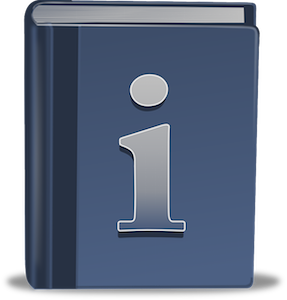
If you grant credit to customers, then you have a balance in accounts receivable. DSO stands for Days Sales Outstanding, and this helps you measure how fast your receivables are being converted to cash.
Here’s how to calculate it:
DSO = Accounts receivable balance / Annual net credit sales * 365.
DSO is measured in days and it represents how many days it takes to collect the customer invoice balance and convert it to cash.
Whether the DSO measure is “good” or not varies by industry as well as the terms you’ve set for your clients. If you’ve set your invoices to be due in 30 days and your DSO is 45 days or less, that’s pretty good. If you’ve set your invoices to be due in 10 days and your DSO is 60 days, then you might want to consider a more aggressive collection policy to speed up your cash flow.
Here are some tips to reduce DSO:
1. Invoice clarity.
Make sure your invoices are accurate and clear. Make it clear whom to make the check out to, where to mail it, the due date, and the amount due. All of these features should be easy to find on the invoice.
2. Consider discounts.
A common discount term is 2/10, net 30. This means the customer can take two percent off their invoice if they pay in 10 days; otherwise they owe the whole amount in 30 days. If you have customers from large companies, discounts are often required by policy to be taken and this can speed up your payments from them.
3. Consider electronic payments.
Going paperless with your invoicing as well as your payment process can speed up the entire billing cycle. Customers getting their bills earlier will also pay earlier.
What’s your DSO? If you need help calculating it, give us a call.
 Outsmart your accountant and other financial friends with these accounting-related definitions:
Outsmart your accountant and other financial friends with these accounting-related definitions: It’s good to know some basic accounting terms, and here are ten terms with friendly definitions for your review.
It’s good to know some basic accounting terms, and here are ten terms with friendly definitions for your review. Small business owners have a lot on their plates, and time simply does not allow you to become an expert in all the areas required for running a business. Here are a couple of common mistakes that we see all the time. Correcting them will help you be more productive and profitable in your business.
Small business owners have a lot on their plates, and time simply does not allow you to become an expert in all the areas required for running a business. Here are a couple of common mistakes that we see all the time. Correcting them will help you be more productive and profitable in your business. Some numbers need reviewing on a daily basis, and one example of this is cash. When cash is coming in from a number of places, it’s great to have a daily summary of what was collected.
Some numbers need reviewing on a daily basis, and one example of this is cash. When cash is coming in from a number of places, it’s great to have a daily summary of what was collected. Technology has allowed businesses to make substantial improvements in their customer invoicing processes. The good news is that when you implement these technologies, you will almost always get paid much faster.
Technology has allowed businesses to make substantial improvements in their customer invoicing processes. The good news is that when you implement these technologies, you will almost always get paid much faster. If you are currently using the popular QuickBooks desktop software, you now have a fairly new option available to you: hosted QuickBooks. In this article, we’ll talk about what it is, what type of businesses it is right for, and how to get started if you decide it is for you.
If you are currently using the popular QuickBooks desktop software, you now have a fairly new option available to you: hosted QuickBooks. In this article, we’ll talk about what it is, what type of businesses it is right for, and how to get started if you decide it is for you. One of the most exciting changes in the accounting industry is cloud accounting. The concept is easy to grasp: cloud accounting simply puts your accounting system in a private space online so that it is fully accessible to you via a browser or a secure remote connection.
One of the most exciting changes in the accounting industry is cloud accounting. The concept is easy to grasp: cloud accounting simply puts your accounting system in a private space online so that it is fully accessible to you via a browser or a secure remote connection.

.jpg)



